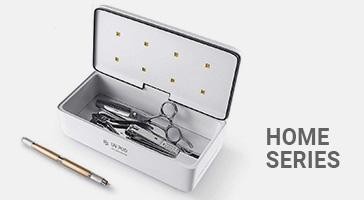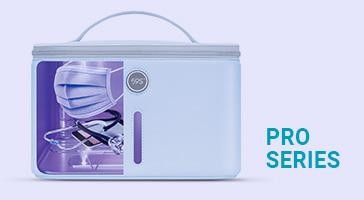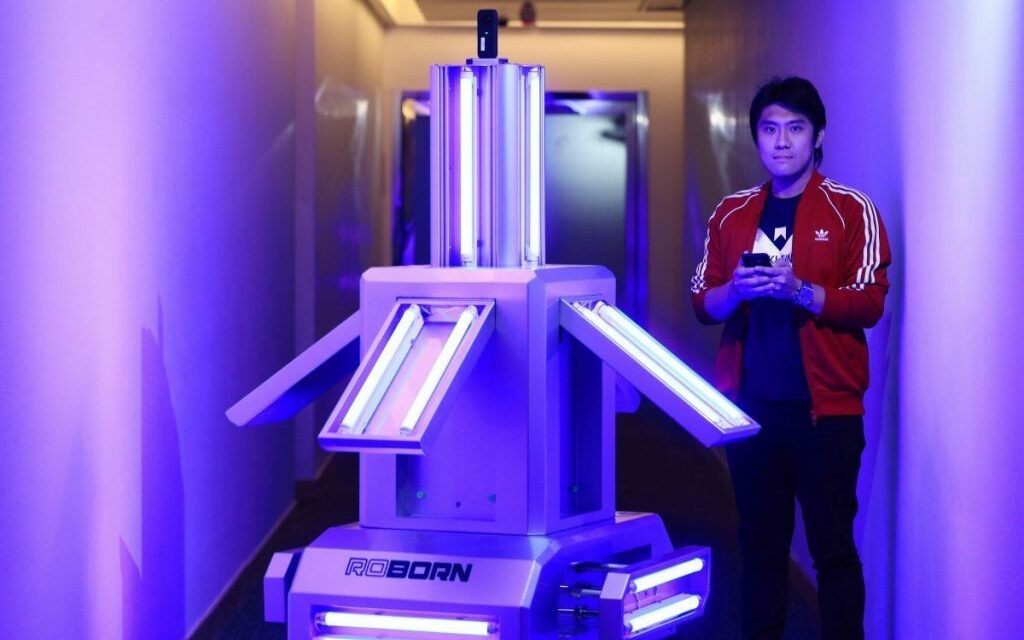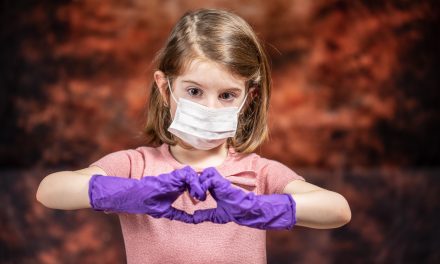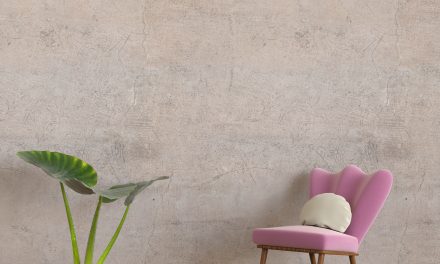Table Of Content
- What is UV lighting?
- What is a UV disinfection light gadget?
- What is Roborn Technology?
- What are some other applications for UV light sanitizers?
Listen to the article
THE RACE OF UV DISINFECTION LIGHT STERILIZING ROBOTS
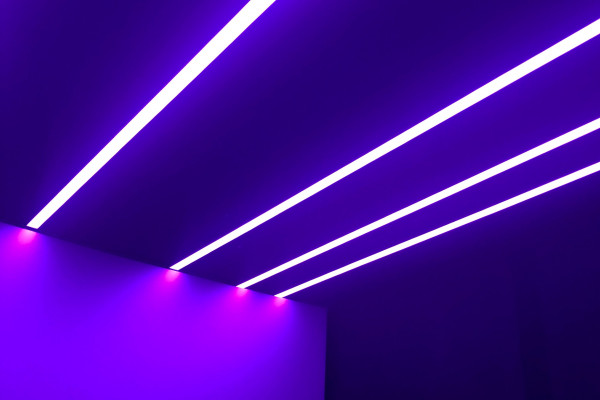
What is UV lighting?
What are some types of UV light?
UV disinfection light is a form of electromagnetic radiation with wavelengths shorter than 100 nm and longer than 400 nm. Ultraviolet rays have been shown to cause damage to the skin, eyes, immune system, and DNA. There are many types of UV light. The three main types are UVA, UVB and UVC.
Ultraviolet light A (UVA)
Ultraviolet light B (UVB)
Ultraviolet light C (UVC)
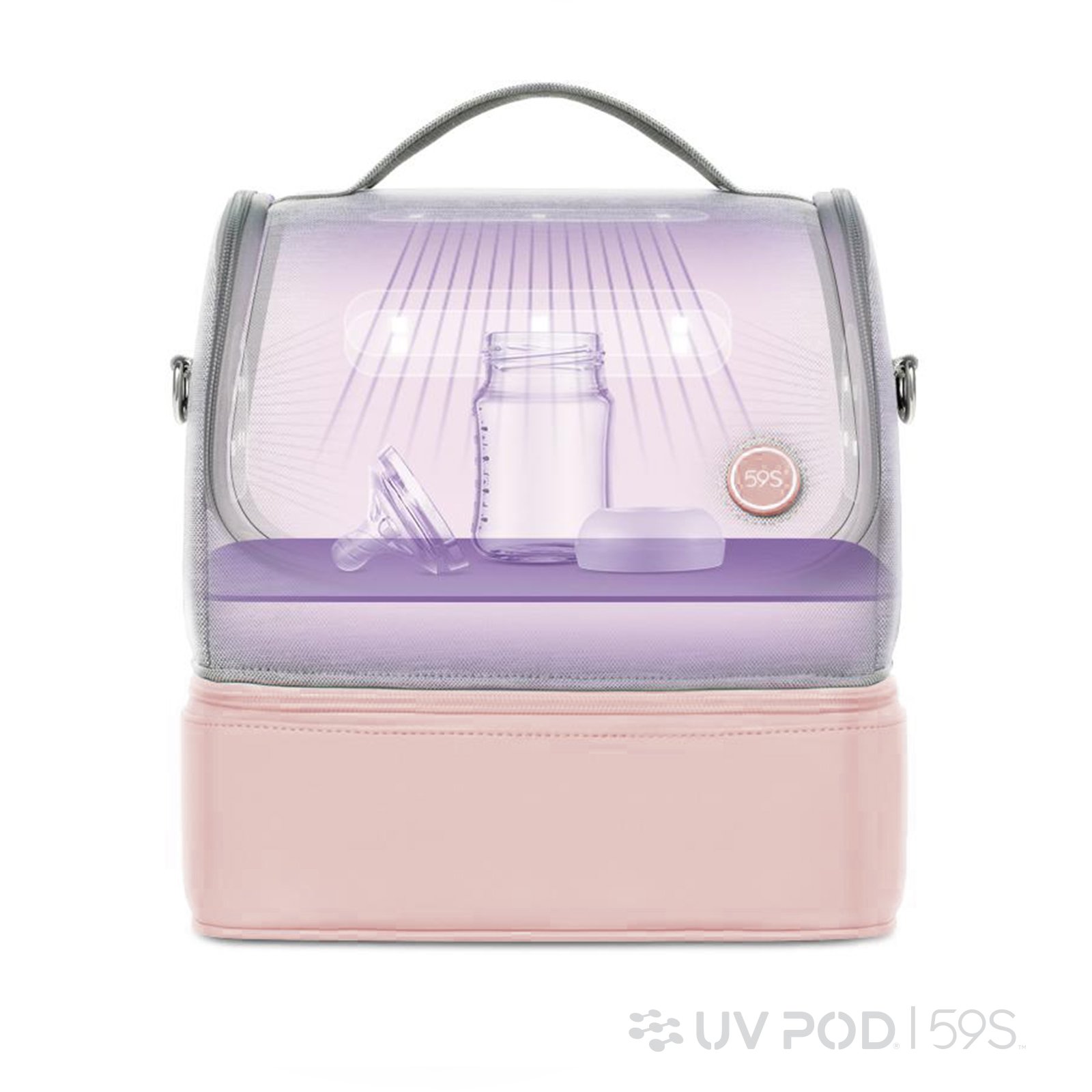
What is a UV disinfection light gadget?
How much does an air sanitizer with UV light cost and where can you find them?
The cost of an air sanitizer with UV disinfection light will vary depending on the quality and size but usually ranges from $500 to $1000. The best place to find them is online. Just be careful and do ample research before buying your UV air sanitizer. Make sure that you know full well how to operate it and what are its limitations. Always keep in mind that if UV is not used properly, it can be harmful to humans and animals.
What is the best rechargeable UV light for room disinfection?

What is Roborn Technology?

What are some other applications for UV light sanitizers?
What are some ways to use UV light sanitizer for room?
The UV light sanitizer can be used to help disinfect your home by killing germs and bacteria. It can also kill airborne viruses. Some ways to use UV light sanitizer for your home are to clean the floor, disinfect the air in your car, and kill germs on your hands.
1. Use it to clean kitchen counters and cutting boards.
Sometimes just washing your fruits and vegetables are not enough to clean them and kill any lingering pathogens they may be carrying. Those pathogens will then be transferred to your kitchen counters, cutting boards, and other kitchenware. Keep your food sterilized by sanitizing your kitchen workspace with a personal UV sanitizer.
2. Sterilize baby bottles and pacifiers.
The safety of your children is of the utmost importance. However, it is difficult to keep your eye on where they go and everything they do 24/7, so the least you can do to keep them safe from germs and bacteria is to sterilize all the things that they use like bottles, pacifiers, and even toys.
3. UV cleaning for jewelry, eyeglasses, cell phones, or any other item
As much as you wash your hands to make sure you do not come into contact with any infected pathogens, it is difficult to keep doing so especially if you are in a place where you do not have immediate access to water and soap. The microorganisms that stick to you will eventually be transferred to the necessities that you almost always have in your hands. This is why it is very important that you sanitize your personal items as much as possible using a UV light phone sanitizer, or a UV light sanitizer box specifically made for small personal items like eyeglasses and keys to make sure no pathogens will survive and wreak havoc in your surroundings.
4. Sterilize the surfaces of your home using a UV light wand sanitizer
You might think that you are doing your part to kill the germs in your home by using all of the above-mentioned methods but what about the surfaces? You have to sanitize them too, by using a UV wand. When you touch a surface, your hands are the first in contact with it. Touching surfaces and touching things has been proven to be one of the most significant ways that pathogens can pass from humans to other humans. By using a UV sanitizer, you are effectively killing all of the germs on your body and on surfaces in your home. This is your best bet to ensure that the pathogens that will inevitably be transferred from you to any surfaces that you touch and interact with are destroyed. The rays of the UV light will not only kill the germs on your body but also those that inhabit surfaces in your home.
How do you clean your car with the best UV light sanitizer wand?
First, start by using soap and water to wash the car so that all of the dirt has been removed. Then, use your UVC wand to sanitize the surface of the car. You may do this to both the exterior and interior parts of your car to make that it is germ and bacteria-free.
The best handheld UV light sanitizer for travel
There are many different portable UV light sanitizers that can be found on the market. Some of these are effective for keeping pests away from food and others provide protection against bacteria, viruses, and other harmful pathogens. Some of the best portable UV light sanitizers for travel are found in a variety of different sizes, so you can find one that is suitable for your needs.

